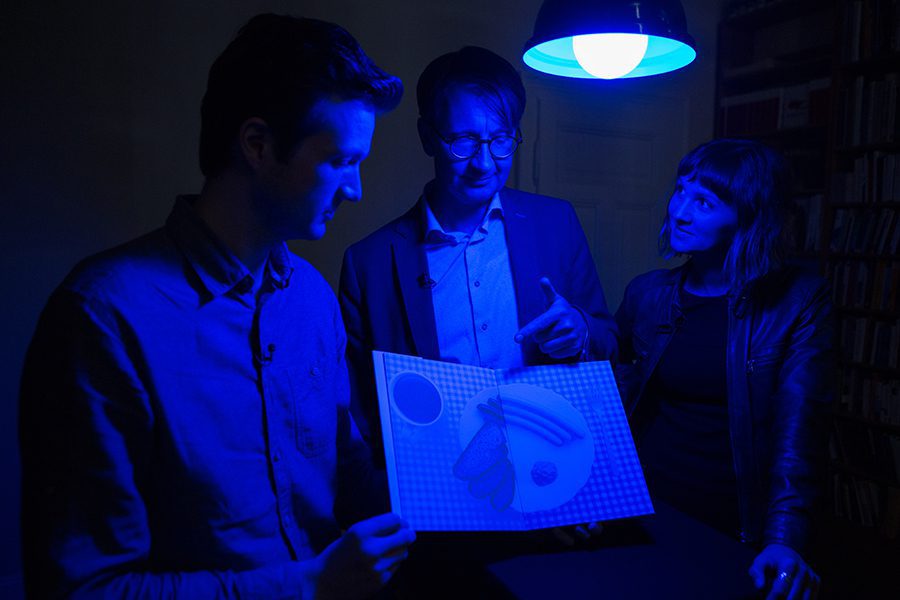
The power of colors
Our memory determines what a color means to us and how colors affect our thoughts and feelings. Colors determine the experience of self and environment. They influence our behaviour and control our actions, although we rarely recognize the cause of this “power of colors”. We can feel it when we eat “unappetizing colors”, wear “ugly colors” on our bodies or are expected to live in “tasteless colors”.
Over the course of our lives, each of us develops our own color preferences, a repertoire of favorite colors through which we communicate something to our environment, with which we identify and through which we distinguish ourselves. We use these colors specifically to achieve effects on the experience and behavior of other people. We do not use a single favorite color, but a palette of proven colors with which we can best achieve the desired effect. This also explains the contradiction between stating our favorite color and its lack of presence in our everyday lives. If we particularly like blue, this does not mean that we particularly like to buy blue products, eat blue food or look at blue things most attentively and for the longest time. Rather, it means that when we were looking for our favorite color, we may have thought of things we particularly enjoy doing, like swimming in the sea under a cloudless summer sky.
The same applies to the question of the most unpopular colors, where brown comes off worst in our culture, because we immediately think of the symbolic color of fascism. In reality, brown has a completely different effect. We appreciate the natural color of brown earth and wood, the fur of many animals, the use of brown clothing and brown natural materials in product design and interior design. Most people love the spicy taste of brown indulgences such as chocolate, cake and coffee. If a color looks delicious, it stimulates our appetite and tempts us to consume it, whether we like it or not. If a color or color composition looks beautiful and seductive, it triggers desires and desires, whether we are aware of it or not. Colors affect our experience and behavior, whether we know the causes or not.
Everyone is a color expert, as we have all felt and perceived the effects of colors since birth, as soon as we interact with the vividly visible environment. Color memory forms an important part of every person’s life experience and a reliable basis for our actions. This is precisely why we are particularly disappointed when something is not as it seems or behaves as the color promises. We don’t like it when beautiful colors don’t dress us, when delicious colors don’t taste good or when we don’t feel good in tasteful colors. We react angrily when colors demand our attention and yet have nothing to give or tell us.
It is therefore important that color designers not only deal with the effects of colors on people, but also with their causes. These can be found in the life experiences and circumstances of the person or target group, which must form the basis of every successful color decision. Successful color design is applied color psychology
Broadcast dates:


